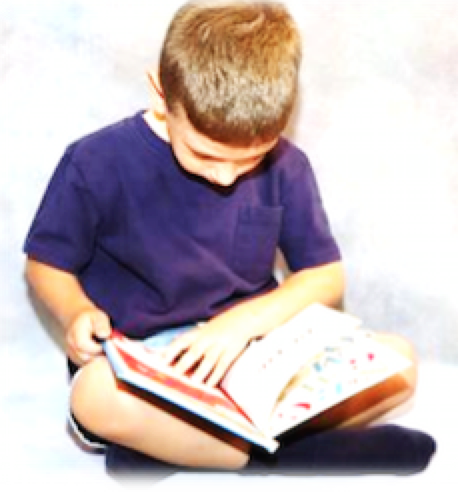Structured Discussions: Best Practices
insert
2. Oral Language Basics
It is easy to take oral language for granted, because we use it daily on a minute-to-minute basis. It is the basis for communication around the world, even with texting, im'ing, and other forms of multi-media communication. Oral language, or speaking, continues to dominate communication venues. For students, oral language is as key to learning. Think about the numerous ways we must communicate with students to know that they learned, and to understand how they learned it: when we ask for clarification, when we refer to objects throughout the classroom, teacher-student conferences, peer-to-peer interaction, direct instruction. Oral language and communication supports reading, writing, and listening. The following activities are ideal in using oral language as the catalyst to learning:
- paired reading
- group research
- collaboration in learning centers
- brainstorming
- sharing news
- read alouds from teachers or from students
- reading work aloud, such as poetry
Talking to Learn
When we value learning, we must also value talk as a learning tool. Talk helps students to clarify understanding, learn new concepts, and culminate understanding by arriving at their own understanding through talk with peers and with teachers. Small and large group discussions are key to promoting students' conceptual understanding, and aid in development of skills to respond on-the-spot to reading, writing, and learning the English language. Integrating oral and written language is a powerful way to help students acquisition the English language (Peregoy & Boyle, 2008).
Reading, Writing, Speaking, Listening
Listening, speaking, reading, and writing are natural occurrences and traditionally were taught separately in school. Teachers read to students in primary grades, using the visuals from pictures to stimulate understanding. As students advance in grades they might put on plays, read from scripts, perform dramatic reads of poetry and so forth. Students should begin reading their own work aloud as soon as they can read the words back that they wrote (Peregoy & Boyle, 2008). Providing them with opportunities to weave written language into the spoken, and listening as part of on-going oral language use, will aid their communication while supporting reading, writing, listening and speaking overall.
Oral language is the first to develop of the entire spectrum of language acquisition while  supporting the integrated language processes. Children learn to speak before they read or write. The speaking begins with vocabulary, with patterns emerging first. Struggling students and second language learners with little literacy, such as reading or writing, used in the home language often learn to compensate for lack of reading and writing skill with oral language (Peregoy & Boyle, 2008). Second language students do not however, need to develop full competency in oral English before beginning to read or write (Hudelson, 1984). Writing and oral language use can support overall literacy, particularly in reading, speaking, and listening - a "complex relationship of mutual support" (p. 116).
supporting the integrated language processes. Children learn to speak before they read or write. The speaking begins with vocabulary, with patterns emerging first. Struggling students and second language learners with little literacy, such as reading or writing, used in the home language often learn to compensate for lack of reading and writing skill with oral language (Peregoy & Boyle, 2008). Second language students do not however, need to develop full competency in oral English before beginning to read or write (Hudelson, 1984). Writing and oral language use can support overall literacy, particularly in reading, speaking, and listening - a "complex relationship of mutual support" (p. 116).
Learning Opportunities That Support Integrated Language Processes:
- clarifying instructions
- developing pantomimes
- role-playing
- telling self-stories, or stories about oneself
- dictating language experience stories
- using wordless books to create new stories with visuals and pictures
- sharing ideas and brainstorming
- cooperative and collaborative work on projects
- playing "store" and asking for supplies to purchase to stock up a kitchen for example